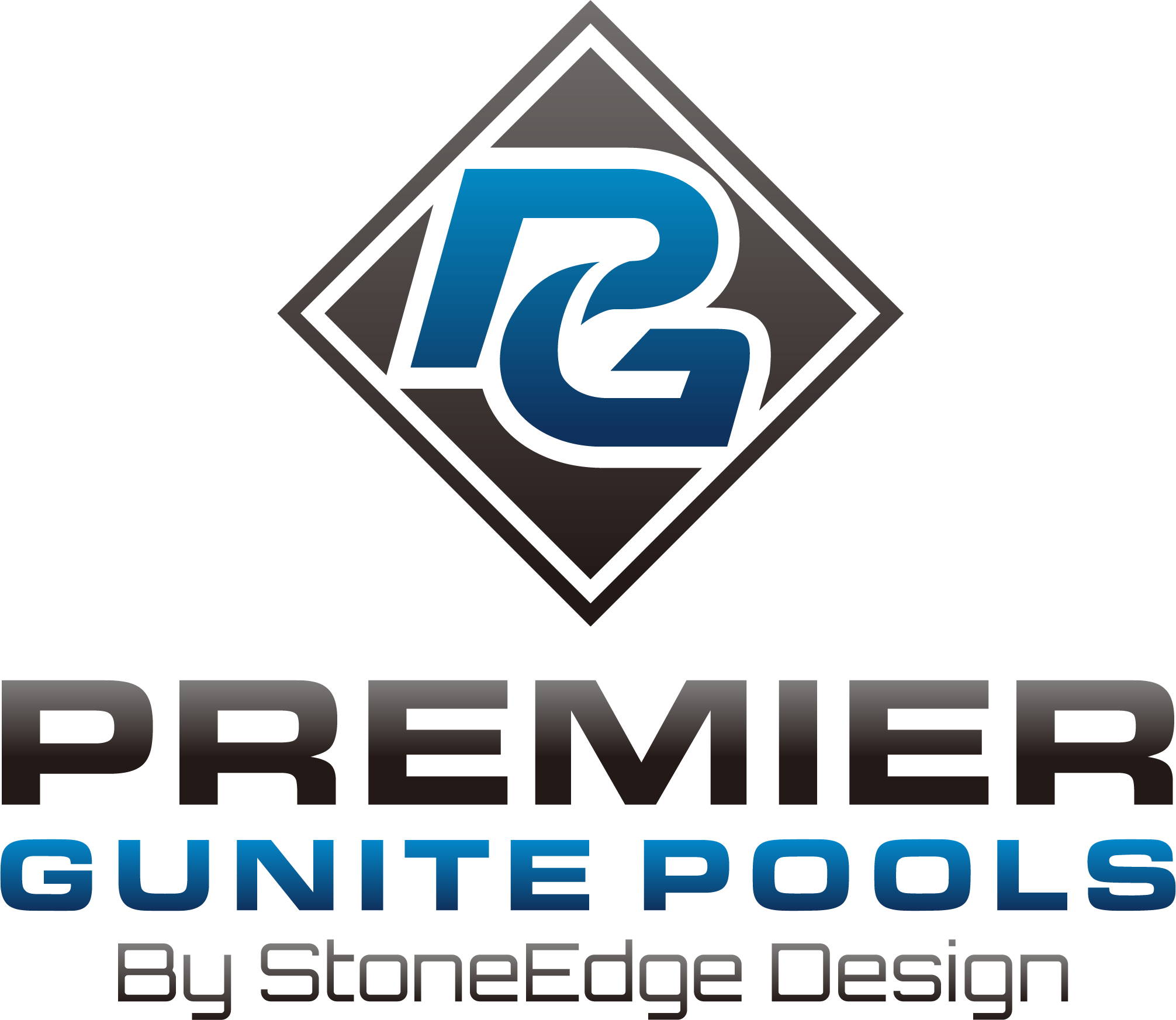How to Incorporate an Outdoor Fireplace in your Outdoor Kitchen in Dighton, MA
Outdoor fireplaces are rapidly becoming one of the most highly sought outdoor fixtures in Dighton, MA. If your outdoor kitchen feels a little empty, and does not include an outdoor fireplace, and if you’re ready to make your outdoor kitchen the ultimate place to eat, lounge, and gather, you’ve come to the right place.
Design and Material
Your outdoor fireplace can be made to complement, enhance, or offer contrast to your existing outdoor kitchen and landscape. With such popular choices as brick, concrete, stucco, natural stone, or stacked stone, there are countless material options. Paired with the perfect material, patterns and designs can be utilized to enhance any kind of design, whether modern or rustic, formal or playful, for an eye-catching outdoor fireplace. Your outdoor fireplace can be made in a range of sizes to fit perfectly into your existing outdoor kitchen. Your Premier Landscape contractor will work with you to create the outdoor fireplace that best matches the style, material, and size of your outdoor kitchen.Related: Add Rustic Appeal to Your Jamestown, RI, Outdoor Kitchen with a Stacked Stone Look
Fuel Options
There are two basic fuel options when it comes to outdoor fireplaces: wood-burning and gas-burning. The particulars of your existing outdoor kitchen might dictate what fuel source must be used. For example, a gas-burning outdoor fireplace requires a gas line that is connected to the house. This can prove difficult, and potentially impossible, if the outdoor kitchen is significantly far from your home. Another potential disadvantage to a gas fireplace is the high cost of natural gas. There are, however, a number of benefits to a gas-burning fireplace. Gas burns clean, creates very little smoke, and is incredibly simple to ignite. A wood-burning fireplace, on the other hand, creates smoke and requires cleanup. Additionally, regulations dictate the specifications for a wood-burning fireplace. Some jurisdictions do not even allow them due to the amount of smoke they generate. Wood, however, is cheaper than natural gas, generates a lot of heat, and offers the rustic charm and smell of real burning wood.Related: 5 Tips for Your Outdoor Kitchen
Safety
Any fireplace is a potential safety hazard and must be installed with the utmost attention to code regulations and fire hazard prevention. For example, a fireplace cannot be placed under a roof without a proper airway for smoke ventilation. An outdoor fireplace also requires adequate shielding to ensure that sparks will not fly astray and ignite. In short, an outdoor fireplace must be carefully and thoughtfully placed. A Premier Landscape seasoned professional will not only be capable of making your fireplace look the way you want it, but he or she will be familiar with all regulations and safety precautions, and will be able to successfully and safely install your outdoor fireplace.
Storage and Placement
Adequate storage for all things fire-related should be easily accessible and in close range of the fireplace itself. This might not seem like a matter of great import, but it can dictate where the outdoor fireplace is actually placed, and will help to make space safe, and easy to use and navigate. Available storage space for fuel and wood, a fire extinguisher, wrought-iron fire-tending tools, cooking utensils, and cleaning supplies, should be available. In addition to being placed amidst adequate storage space, an outdoor fireplace should be placed in a dry area where proper drainage of snow, rain, and, ice is available. This will help protect your fireplace from any water damage.

